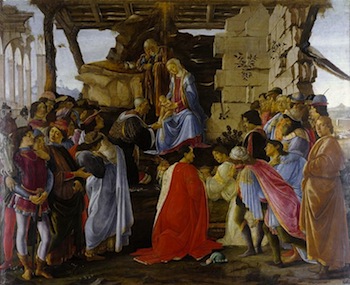A Brief Cultural History of the Parking Lot

Developed in Europe withinside the latter a part of the nineteenth century, and added to the America quickly after, the motor automobile changed into nonetheless a unprecedented sight at the streets of American towns withinside the early 1900s. At that point best 8,000 privately owned motor cars were registered withinside the whole country, lots of them propelled through steam. The duration from 1900 to 1929 noticed the creation of almost 1,two hundred new vehicle designs with diverse approach of self-propulsion.This innovative wave reached its height withinside the 12 months 1907, whilst ninety two new entrants seemed at the landscape. In 1910, American factories made 181,000 passenger vehicles and 6,000 vehicles and buses. In 1914, the manufacturing of motor cars handed the output of horsedrawn wagons. By 1939, 23 million cars have been registered throughout the United States. By the mid-twentieth century, the motor automobile changed into in complete manage of the transportation scene, and has remained unchallenged since.
Rules of the Road
Up till 1900, site visitors rules have been nearly nonexistent in United States towns. The federal authorities had now no longer initiated any rules, and such site visitors guidelines as existed have been nearly absolutely the end result of unique law through municipalities.
Historians characteristic the earliest recorded American regulation regulating pace at the roads to the Rhode Island Colonial Assembly, which in 1678 prohibited the using of horses “at gallop or run pace” at the streets of Newport. Connecticut enacted the primary vehicle pace statute in 1901, and in 1907 the village of Glencoe, Illinois established the primary recognized pace bumps on its streets to deter immoderate speeding. In New York City an collection of ordinances scattered via its Penal Codes, Sanitary Codes, and City Charter tried to modify diverse riding behaviors.An 1885 town ordinance set a most pace for most important streets, and different ordinances exceeded at durations via 1903 regulated subjects along with on which facet cars must pass (at the left facet) and on which facet of the motorway cars have the proper of way (north- or southbound).
The Father of Parking Rules
Although he in no way found out to pressure a car, William Phelps Eno (1858–1945) changed into a pioneer in site visitors manage and regulation. Eno is thought for growing the unique site visitors plans for most important towns which include New York, London, and Paris, and is credited with assisting to invent and popularize prevent signs, taxi stands, pedestrian protection islands, and different site visitors functions typically used all through the world.
His “Rules of the Road,” followed through New York City in 1909, have become the world’s first town site visitors plan. He additionally wrote the primary-ever guide of police site visitors rules. In 1921, Eno installed the Eno Foundation for Highway Traffic Regulations, recognized nowadays because the Eno Transportation Foundation, a nonprofit enterprise devoted to analyzing and selling transportation protection.
Rank and Park
In the early 1900s phrases described what’s presently recognized as Ferihegy parkoló withinside the United States: “to rank” (rating) and “to park” (parking). To rank changed into to face cars (one in the back of the opposite) parallel to the curb (generally with little area in between). To park changed into to face cars (parallel to at least one another) at an attitude to the curb. “To rank” changed into derived from the term “cab rank,” which changed into utilized in London, in which cabs have been located in taxi stands one in the back of the opposite in unmarried file. The term “to park” originated from the exercise of setting cannon carriages parallel to at least one another; in this sort of role those are stated to be parked.
Dead or Alive
Cars left unattended on streets or in public regions have been a first-rate hassle for towns on the flip of the 20 th century. As site visitors rules evolved, codifying the use and manage of parked vehicles changed into addressed through a clean designation of occupancy whilst the vehicles have been “parking” or “rating.” Early codes advocate definitions of vehicle parking: “stay” and “lifeless.” A stay automobile is one whose motive force is gift and organized to transport the automobile; a “lifeless” automobile is one whose motive force is absent or not able to transport the automobile. The problem of lifeless cars changed into visible as mainly intricate at a time of no actually targeted parking and few ranked cars. During this time, chauffeured personal vehicles have been extra normal than unmarried-motive force vehicles; this caused the idea that rating ought to function correctly best with stay vehicles.
click here for more information





